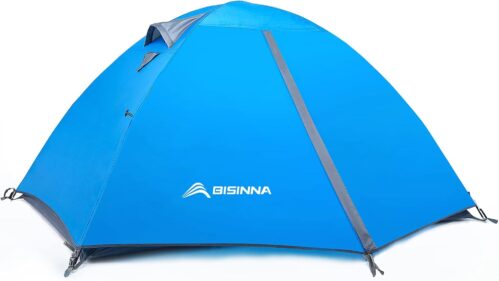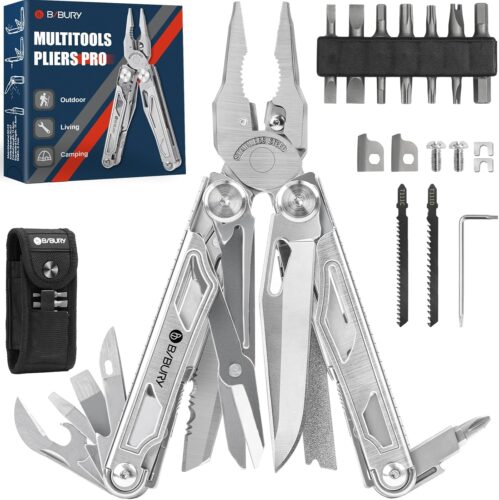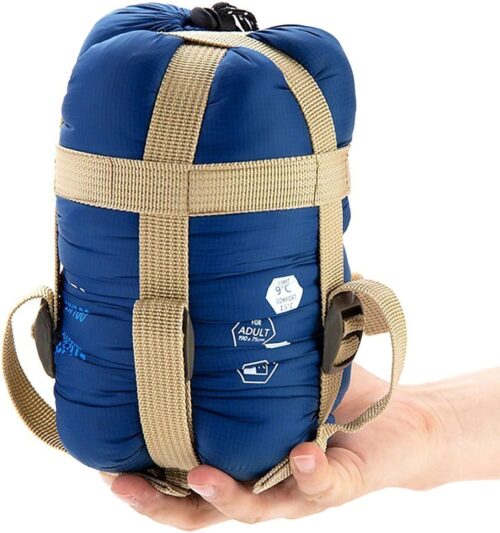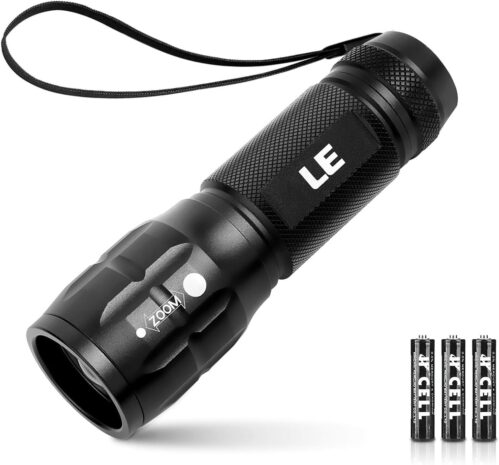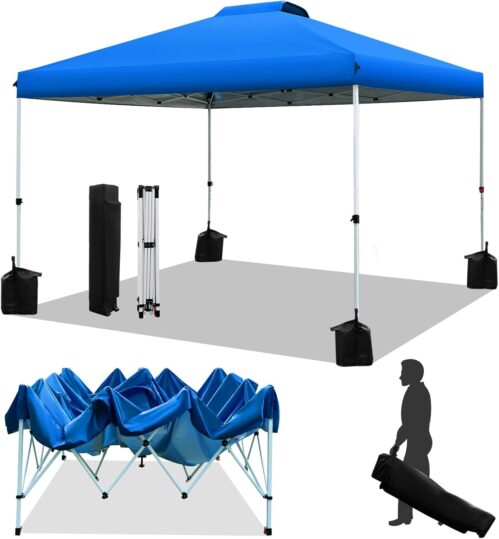
When venturing into the wilderness after dark, being prepared is key to ensuring a safe and enjoyable experience under the starlit sky. From selecting the right gear to navigating unfamiliar trails in the dark, there are several aspects to consider for a successful night hike. Proper planning and safety precautions can make all the difference in embracing the beauty of the night while minimizing potential risks. So, before you embark on your nocturnal adventure, let’s shed some light on practical tips to help you navigate the trails safely under the night sky.
Importance of Proper Lighting
Proper lighting is crucial for night hiking to ensure safety and visibility. When embarking on a nighttime adventure, having a reliable headlamp or flashlight is essential. Make sure to check the batteries beforehand and bring extras to avoid being left in the dark. A headlamp allows you to keep your hands free for balance and support on the trail. It’s recommended to choose a headlamp with adjustable brightness settings to conserve battery life and avoid blinding others in your group.
Additionally, carrying backup light sources such as glow sticks or lanterns can provide extra illumination if needed. These can also serve as markers to help you find your way back or signal for help in case of an emergency. Remember to pack these items in easily accessible pockets or pouches so you can quickly grab them when necessary.
Essential Gear for Night Hiking
When night hiking, having the right gear is essential to ensure your safety and enjoyment of the experience. One of the most critical pieces of gear for night hiking is a reliable headlamp or flashlight. Make sure it’s fully charged and bring extra batteries just in case. Illumination is key to navigating dark trails safely. Additionally, wearing high-quality footwear with good traction is crucial to prevent slips and falls on uneven terrain. Opt for sturdy hiking boots that provide ankle support and protection.
Carrying a fully stocked first aid kit is another must-have for night hiking. Include essentials like bandages, antiseptic wipes, and pain relievers. It’s better to be prepared for any minor injuries that may occur during your hike. A lightweight emergency blanket is also a smart addition in case you need to stay warm unexpectedly.
Lastly, don’t forget to pack enough water, snacks, and extra layers of clothing to stay hydrated, fueled, and warm throughout your night hike. Proper gear preparation can make a significant difference in your overall night hiking experience.
Navigation Tips for Dark Trails
Looking to navigate dark trails effectively during your night hike? When hiking at night, visibility is a challenge, but with the right navigation tips, you can confidently find your way.
Start by bringing a reliable headlamp or flashlight with extra batteries. This will illuminate the trail and help you spot trail markers or signs. Familiarize yourself with the trail beforehand, reviewing maps and trail guides so you can anticipate key points even in the dark. Additionally, consider using reflective trail markers or glow sticks to mark the path for easier navigation.
During your hike, pay attention to landmarks like rocks, trees, or bends in the trail to track your progress. If you have a GPS device or a navigation app on your phone, use it to pinpoint your location and ensure you’re on the right track. Trust your instincts but be cautious to avoid getting lost.
Safety Measures and Precautions
Ensure your safety during night hiking by taking essential precautions and following recommended measures. Before setting out, inform someone of your hiking plans and expected return time.
Carry a reliable headlamp or flashlight with extra batteries to illuminate the trail adequately. Dress in layers to stay warm and pack additional clothing in case of unexpected weather changes. It’s crucial to stay hydrated, so bring enough water and snacks to keep your energy levels up.
Avoid hiking alone at night; if you must, ensure someone knows your whereabouts. Stay on marked trails to prevent getting lost, and pay attention to trail markers or signs. Keep an eye out for wildlife that may be more active during the night.
Be cautious when approaching ledges or rocky terrain, as visibility may be reduced. Lastly, trust your instincts – if something feels unsafe, turn back. By following these safety measures, you can enjoy a night hike under the stars with peace of mind.
Adventure Gear

